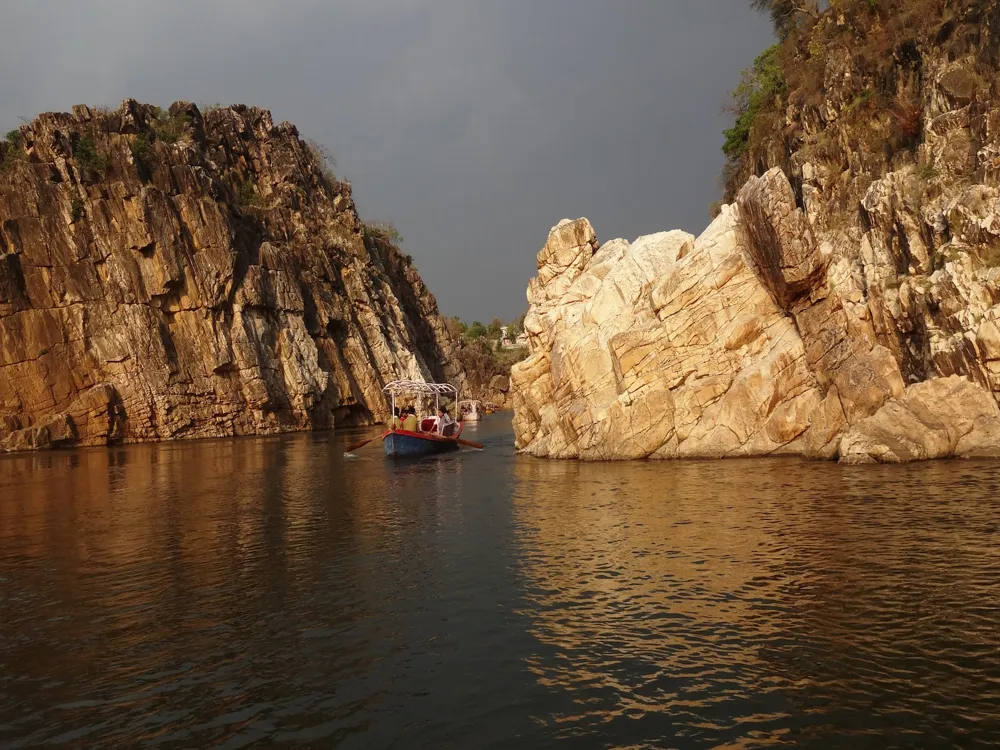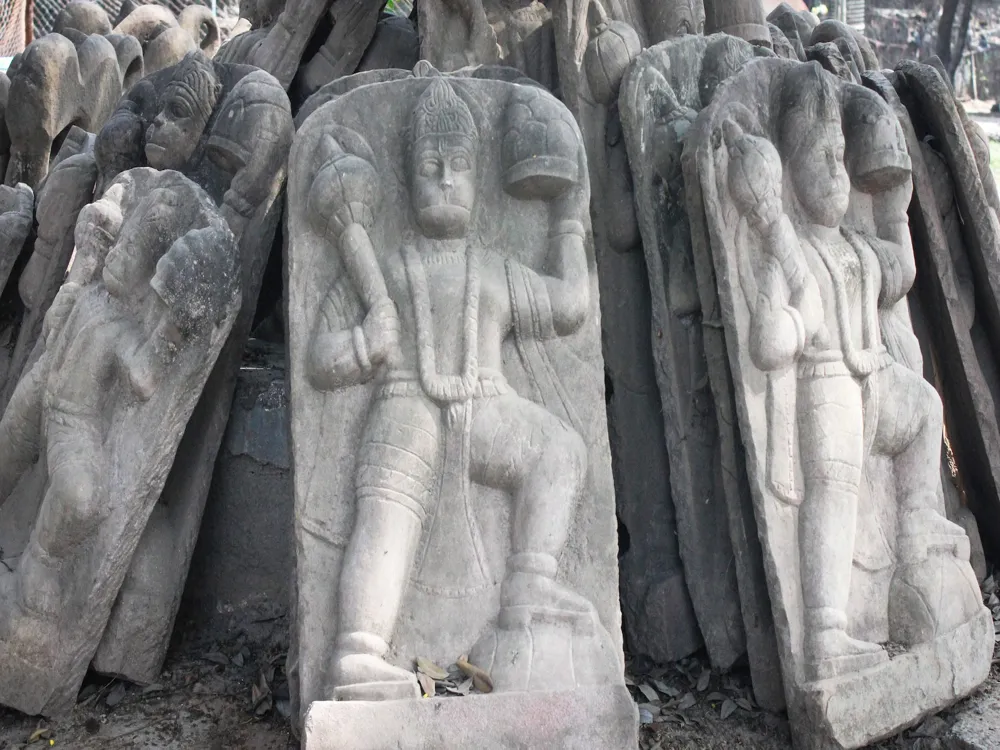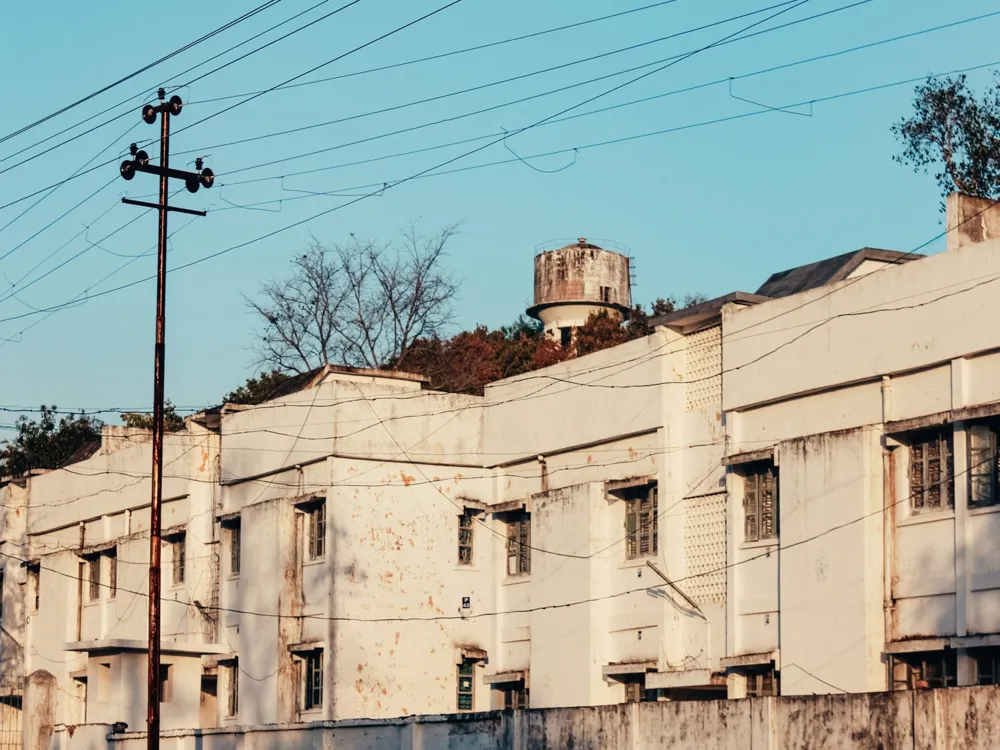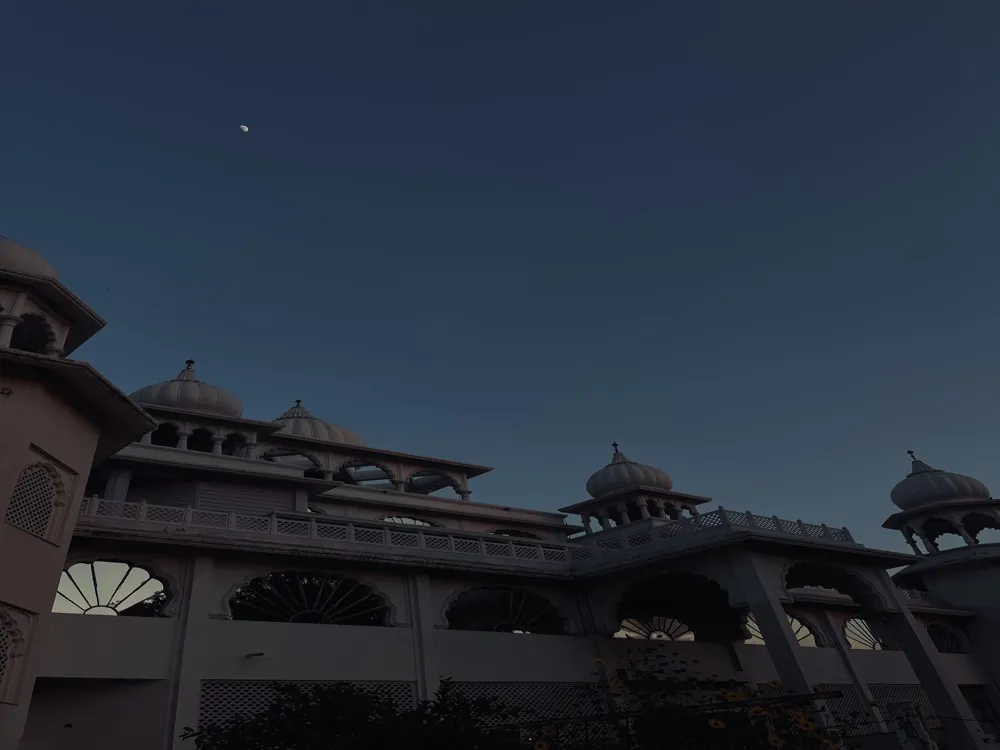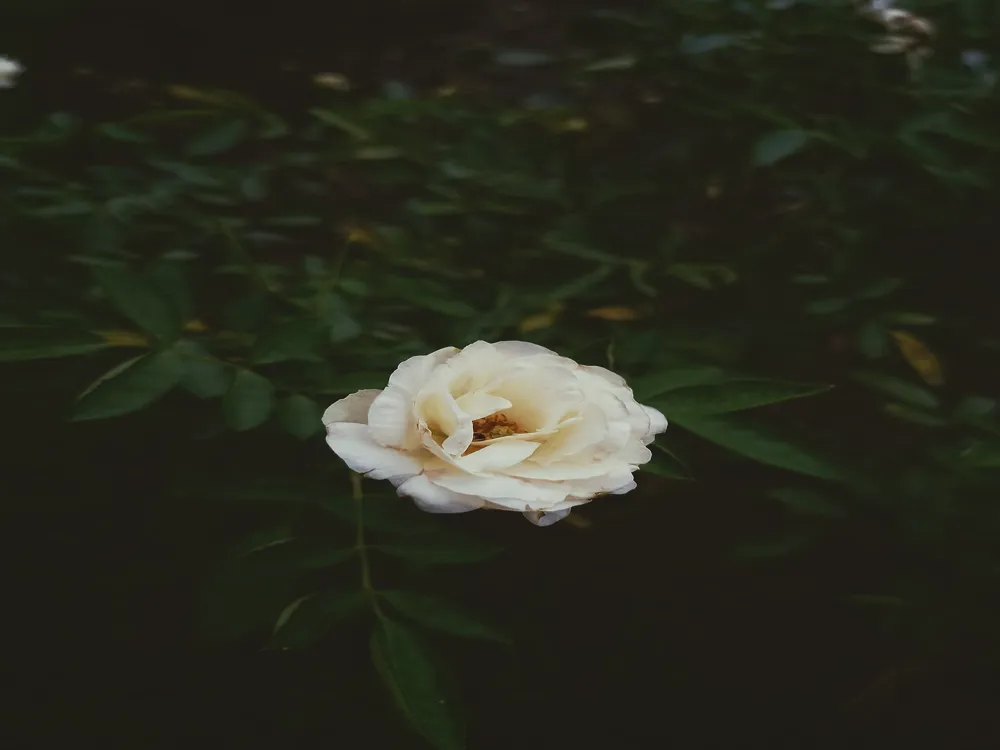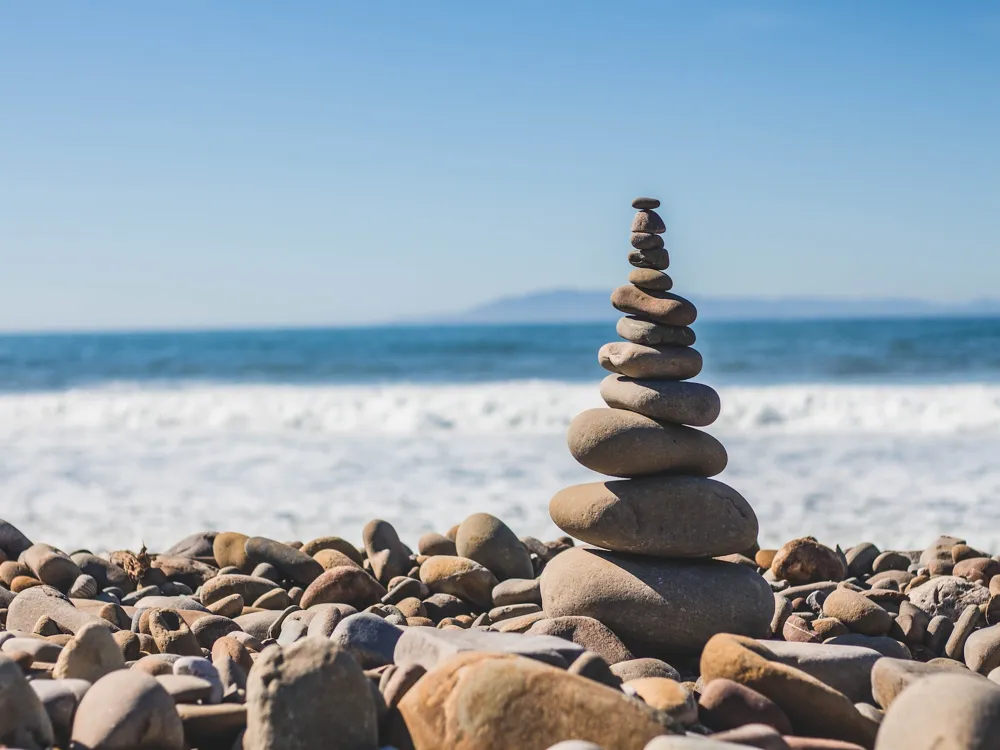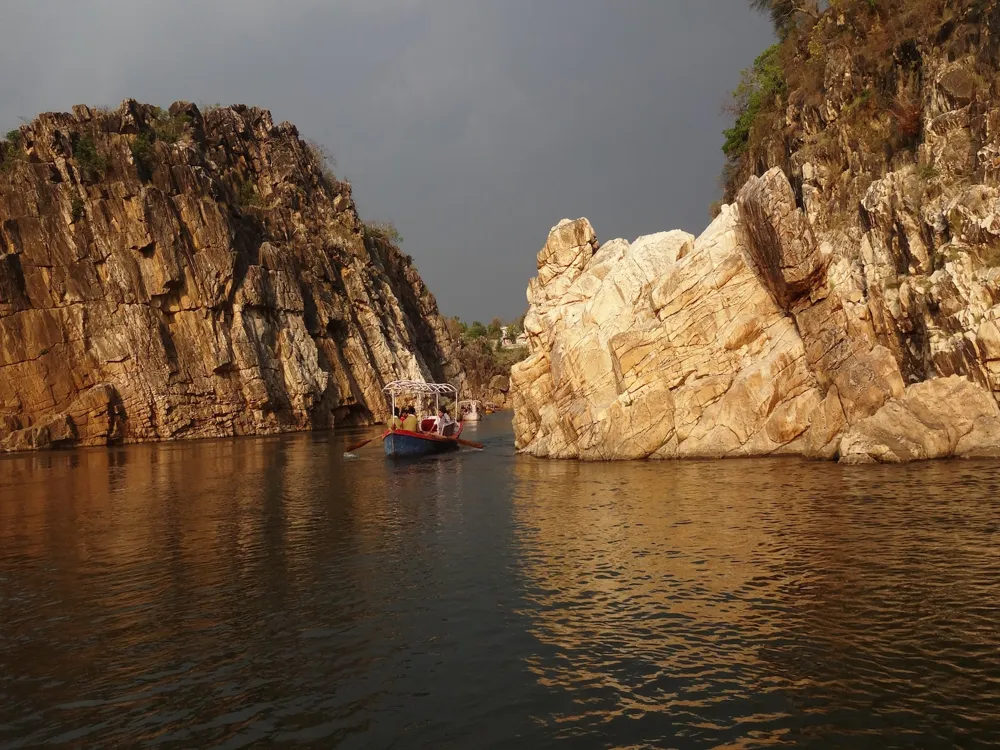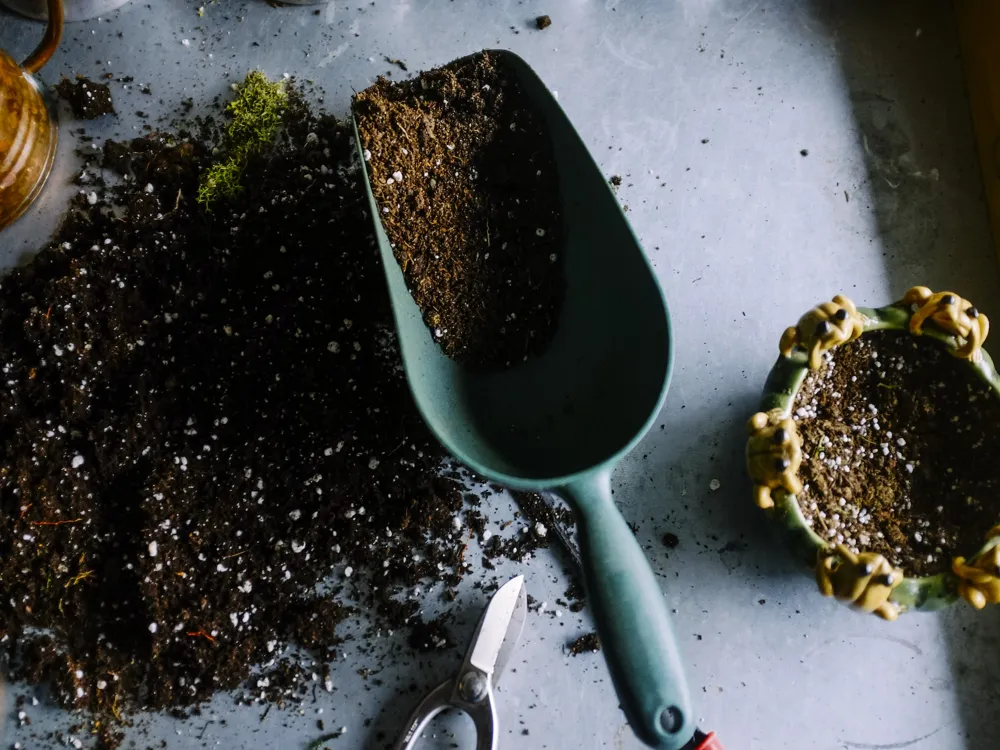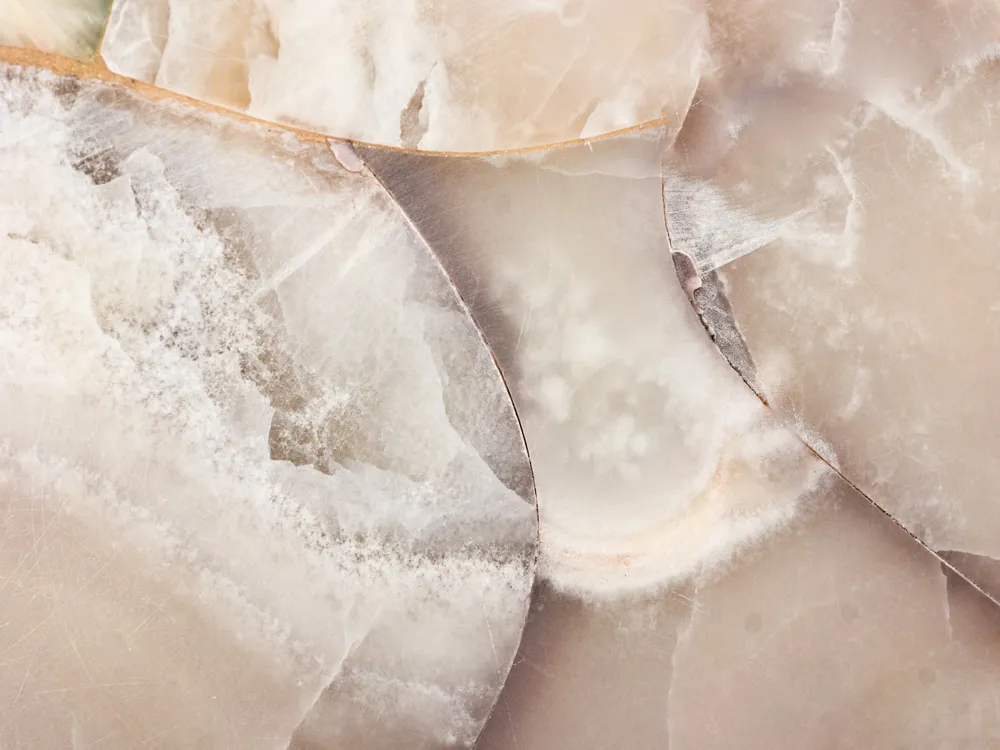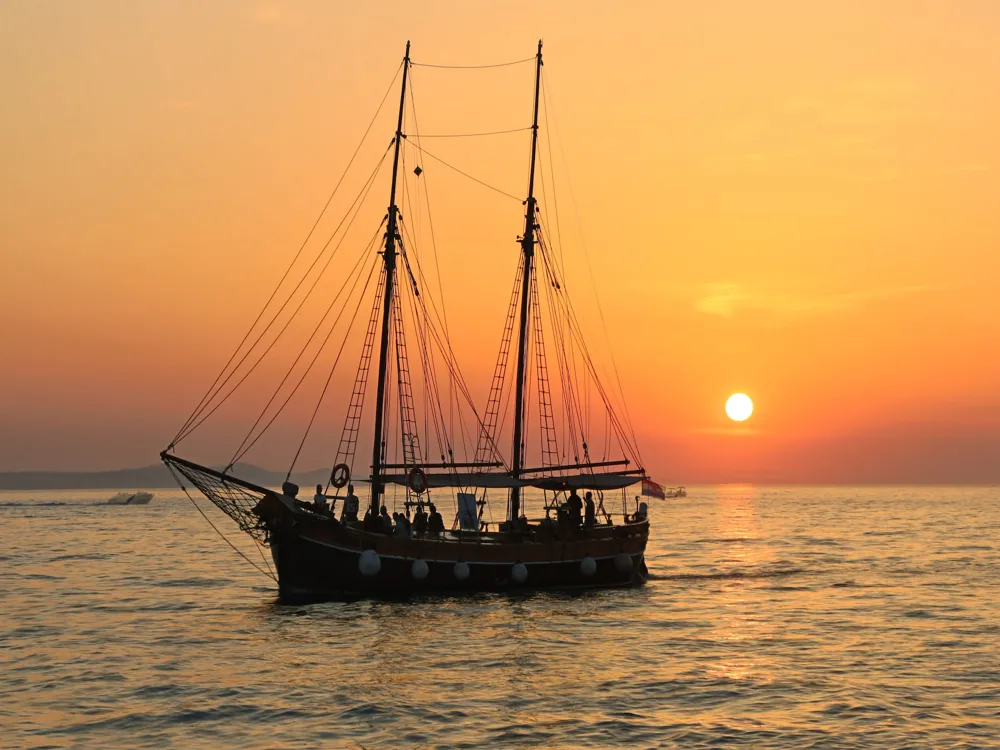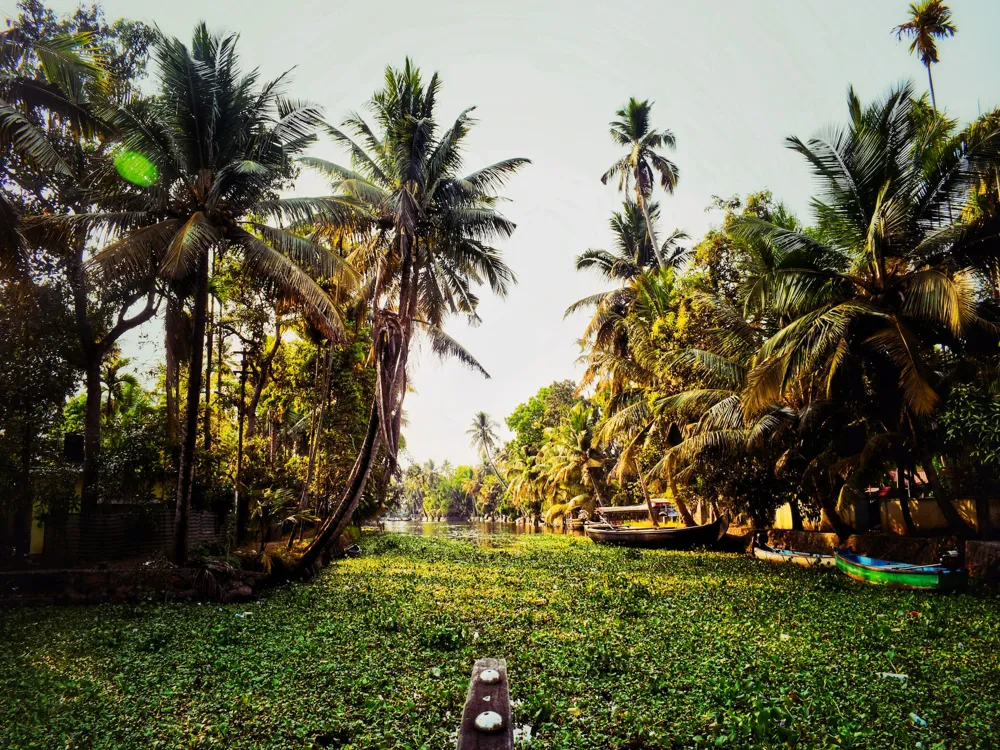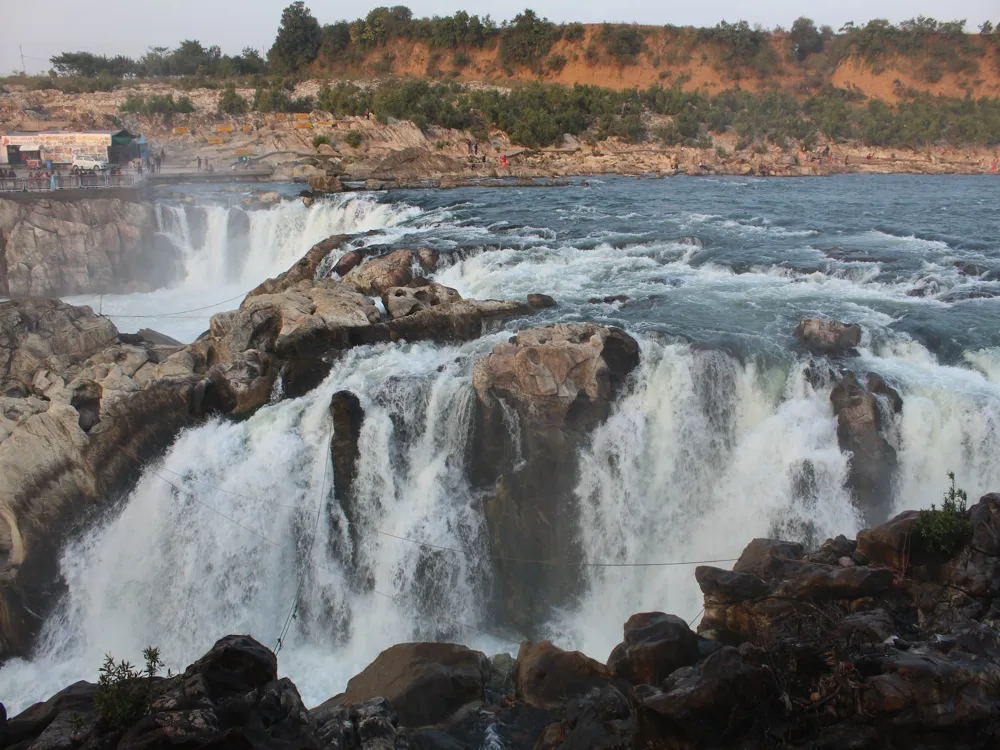Best Time to Visit Jabalpur
Madhya Pradesh India
16 out of 27 Places to visit in Madhya PradeshNaN onwards View Packages
Get Customized PackagesThe Land of Diversity
Top Hotel Collections

Private Pool

Luxury Hotels

5-Star Hotels

Pet Friendly
What is the Best Time to Visit Jabalpur?
Jabalpur, a city known for its rich cultural heritage and natural beauty, beckons travelers year-round. However, choosing the perfect time to visit can greatly enhance your experience. In this guide, we'll delve into the nuances of Jabalpur's climate and seasons, helping you plan an unforgettable trip.
More about the Best Time to Travel to Jabalpur
Travel Peak Season in Jabalpur
The peak season in Jabalpur spans from October to March, offering travelers a delightful climate. The temperatures are moderate, making it ideal for exploring the city's historical landmarks such as the iconic Marble Rocks and the renowned Dhuandhar Falls. This period witnesses a surge in tourism, so plan your accommodations well in advance to secure the best options.
Travel Offseason in Jabalpur
The offseason, from April to June, sees fewer crowds, providing a serene experience for those seeking solitude. While the temperatures can rise during these months, it's an excellent time for budget-conscious travelers to explore Jabalpur. Take advantage of lower hotel rates and fewer lines at popular attractions like Bhedaghat and Rani Durgavati Museum.
Jabalpur Travel Packages
View All Packages For Jabalpur
Jabalpur in Shoulder Season
The shoulder seasons of September and July offer a balanced mix of favorable weather and fewer tourists. During September, the monsoon retreats, leaving behind lush landscapes, while July brings a pre-monsoon charm. These months provide an opportunity to witness Jabalpur in a more relaxed ambiance, with the added advantage of mild temperatures.
Jabalpur in Hot Season
The hot season, from April to June, can be challenging due to soaring temperatures. It's advisable to plan your outdoor activities early in the morning or late in the evening to avoid the peak heat. Despite the warmth, this period showcases a unique side of Jabalpur, with the Narmada River and its ghats offering a refreshing respite.
Jabalpur in Rainy Season
From July to September, the monsoon season transforms Jabalpur into a green paradise. The city's natural beauty is accentuated by lush foliage and cascading waterfalls. However, be prepared for intermittent rainfall and plan your itinerary accordingly. Don't miss the opportunity to witness the mesmerizing sights of Jabalpur under the soothing embrace of the monsoon.
Jabalpur in Cool Season
The cool season, from October to March, is synonymous with pleasant weather, making it an ideal time for outdoor activities. Explore Jabalpur's architectural marvels, such as Madan Mahal Fort and Chausath Yogini Temple, without the discomfort of extreme temperatures. The evenings are cool and refreshing, perfect for strolls along the banks of the Narmada.
Places To Visit In Jabalpur
Nearby Places Jabalpur
Jabalpur Photos
View All Photos For JabalpurBrowse Package Collections
Browse Hotel Collections
Faq
Q: When is the best time to visit Jabalpur for a pleasant weather experience?
A: The ideal time to enjoy Jabalpur's pleasant weather is during the winter months, from November to February. The temperatures are mild, ranging from 10°C to 25°C, making it perfect for outdoor activities and sightseeing.
Q: Are there specific months to witness special events or festivals in Jabalpur?
A: Jabalpur hosts various festivals and events throughout the year, but if you're interested in cultural celebrations, plan your visit during the Navratri festival in October or the Narmada Mahotsav in December. These events showcase the rich cultural heritage of the region.
Q: Is monsoon a good time to visit Jabalpur?
A: While the monsoon season (June to September) brings lush greenery to Jabalpur, it's advisable to be cautious due to heavy rainfall, which might affect travel plans. If you enjoy the monsoon ambiance, be sure to check weather forecasts and road conditions before planning your trip.
Q: What is the summer like in Jabalpur, and is it a suitable time to visit?
A: Summers in Jabalpur (March to June) can be quite warm, with temperatures ranging from 25°C to 45°C. If you can tolerate the heat, this period is great for exploring indoor attractions like museums and historical sites. However, outdoor activities may be challenging due to the high temperatures.
Q: Are there any specific wildlife experiences that are best enjoyed during certain months?
A: Wildlife enthusiasts should plan their visit to Jabalpur's national parks, such as Bandhavgarh and Kanha, during the winter months (November to February). During this time, the weather is comfortable, and wildlife sightings are more frequent, as animals gather around water sources.

